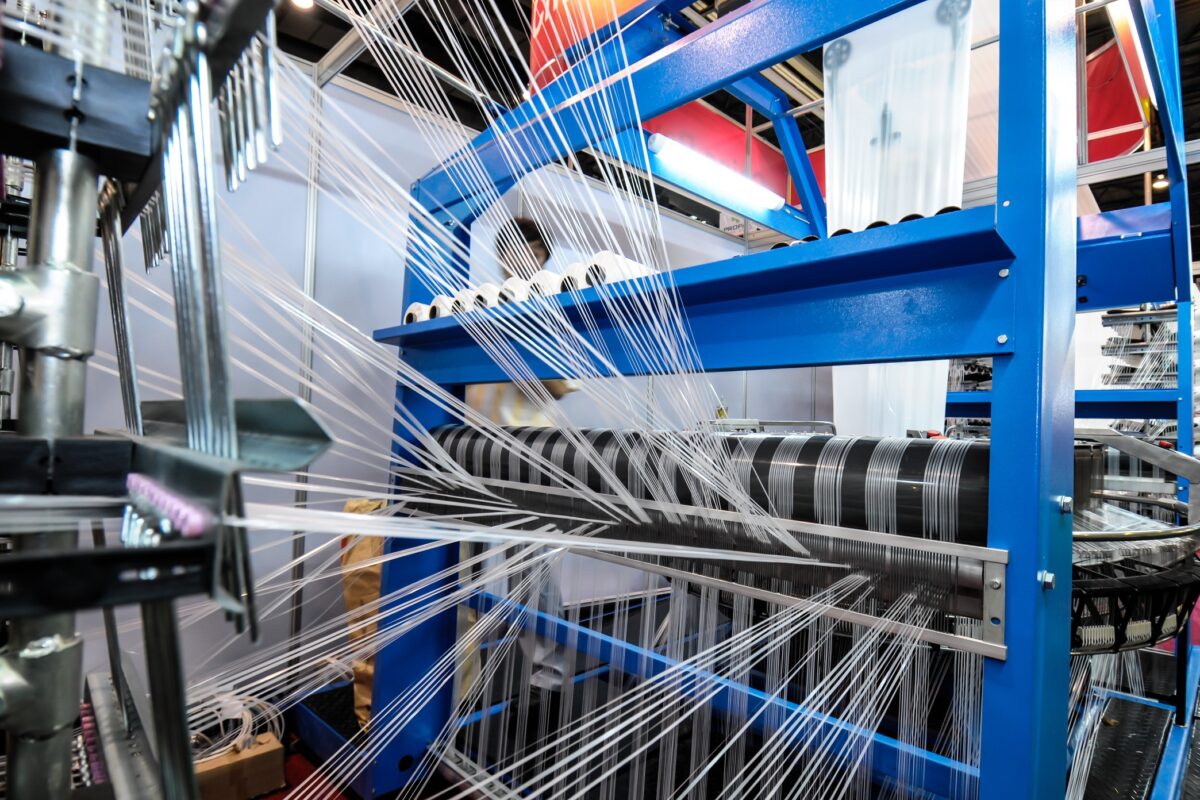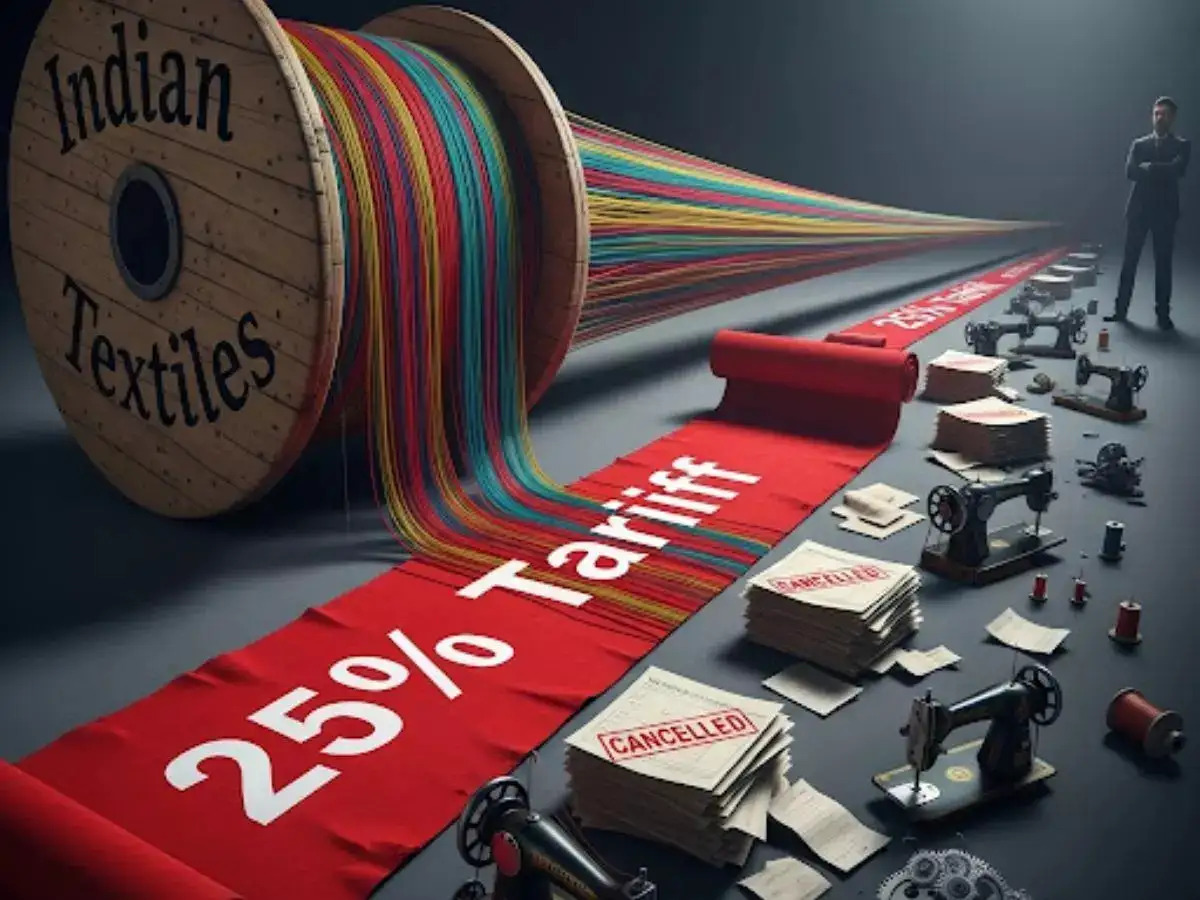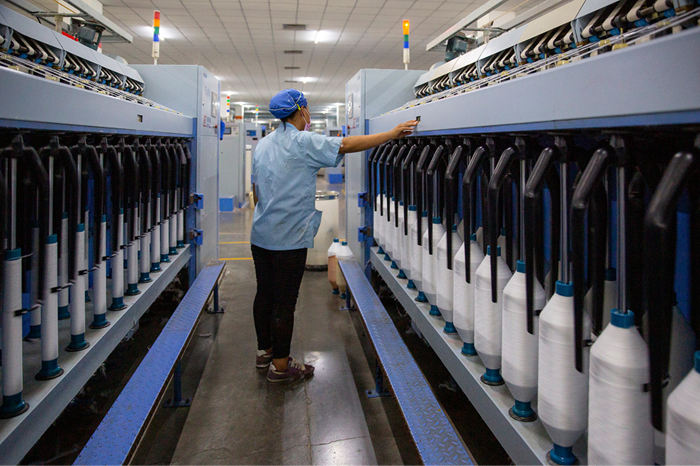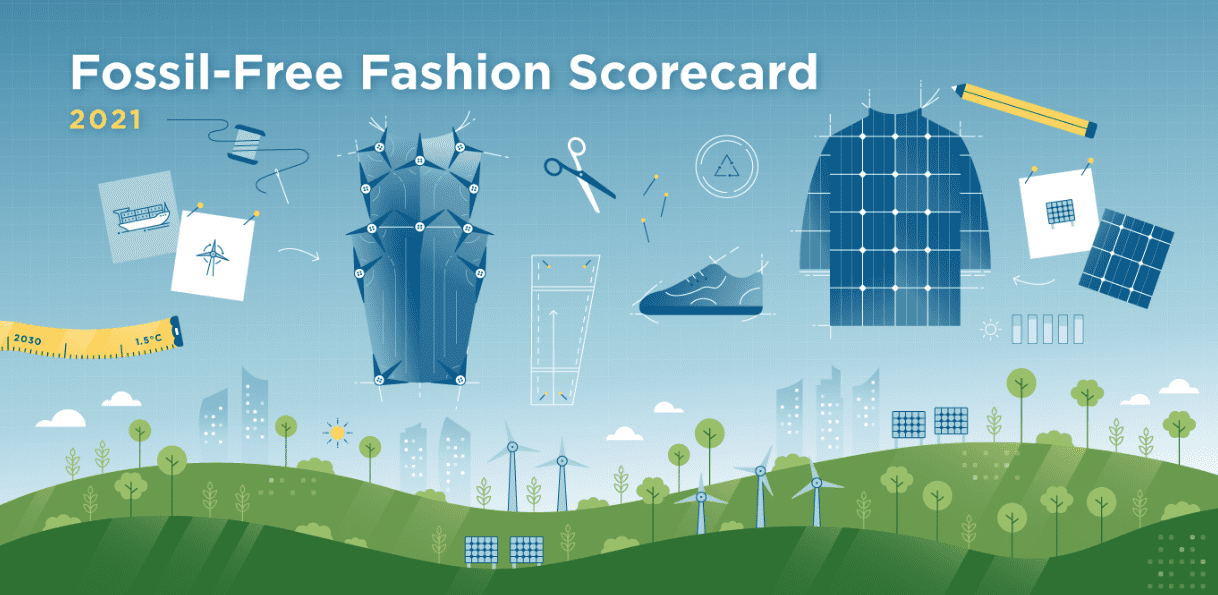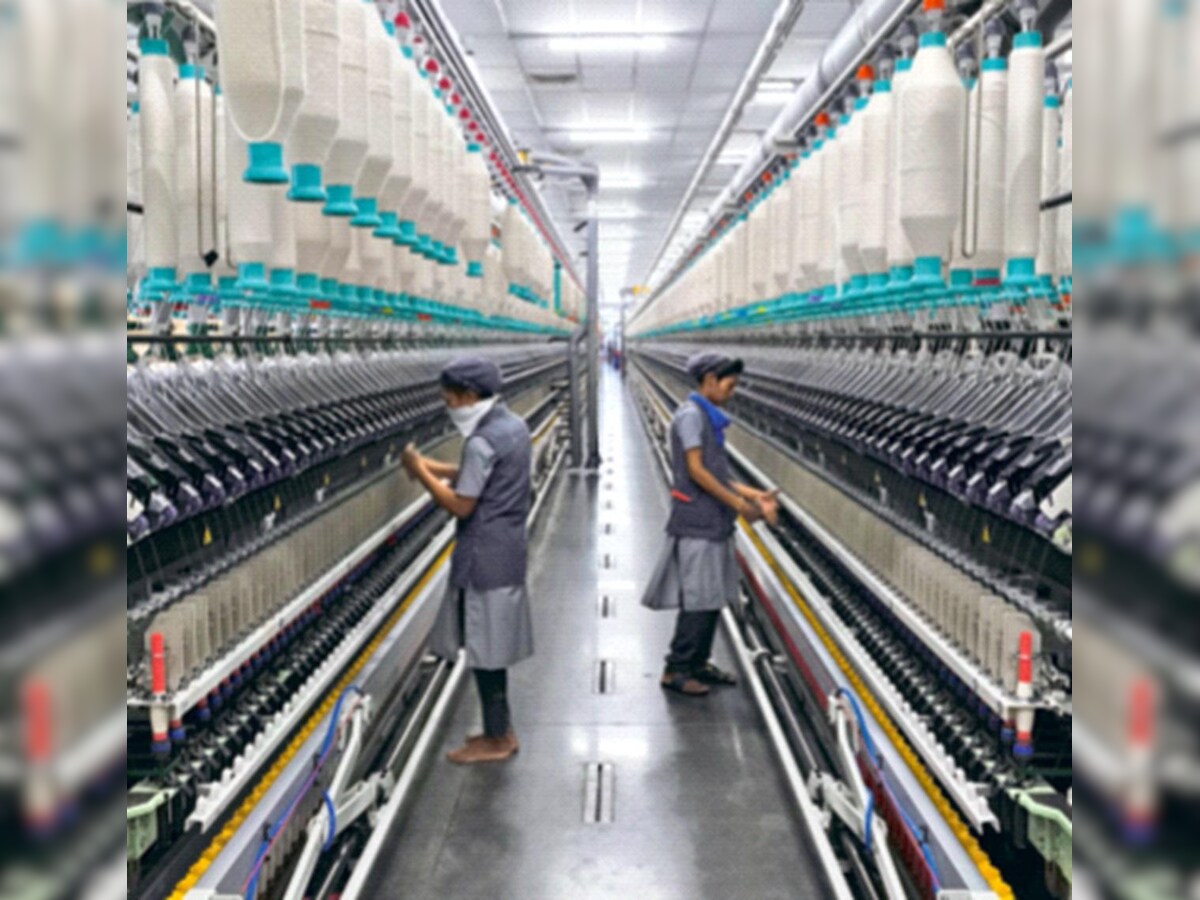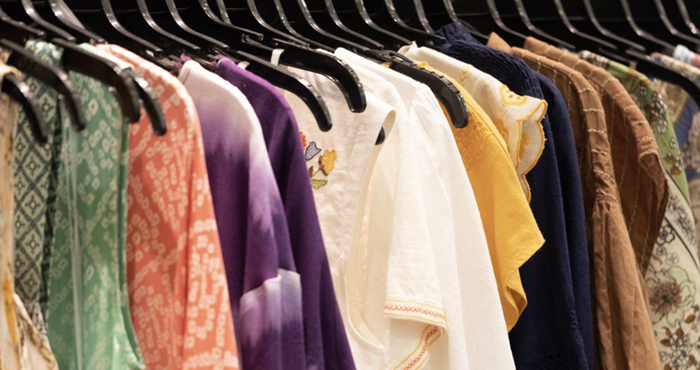FW
The European Union (EU) is planning to enter into a five-year strategic partnership with Pakistan as the current relationship between the two has reached a mature level. The textile industry in Pakistan contributes 8.5 per cent to GDP and 60 per cent to exports while employing 38 per cent of the workforce. The EU has provided Pakistan GSP Plus status.
Pakistan wants brand owners of textiles from the EU to divert the bulk of their buying from Pakistan since it is well placed for the production and supply of high quality textile goods at attractive prices. Fighting poverty and helping the country on its path towards inclusive and sustainable growth are the aims of EU support to Pakistan. The EU considers that such goals will only be achieved by increasing political stability, improving the rule of law, bringing about human and social development, creating productive and decent work opportunities and diversifying the economy.
Although the EU is regarded a strong economic player it is still seen as a weak political power. The EU intends to change that view by using its position as a development and aid donor as its main strategy to foster democracy and strengthen Pakistan’s institution-building.
Some PET plants in China have curtailed production or lifted maintenance schedules ahead of time. Trading levels increased six to seven per cent compared with the previous low level. PET resin losses enlarged on soaring polyester feedstock. Till November 10, polyester feedstock cost was calculated at 6230.8 yuan a meter, but actual cost is supposed to be higher considering IPA and road transportation fees.
In all, PET bottle chip rigid demand remains supportive, indicating a healthy fundamental. Recent strength in the commodity market has boosted market sentiment. The PET bottle chip market may shortly retain a stable-to-strong tone. Players could eye an year-end plant operating status as well as sustainability of pre-holiday refilling activities.
PET resin demand has seen a gradual improvement since end October as the beverage turnaround season came to an end. Downstream purchasing volume has lifted from a tentative one week to half-to-one month or plus. This heralds a pre-year-end holiday refilling intention on the one side, while on the other, players are concerned over the overheating polyester feedstock cost. Some plants also purchased via diverse suppliers to spread risks.
PTA futures for January deliveries climbed to the limit. PET bottle chip factory stock stands low.
Pakistan’s trade deficit has surged to $7 billion during the first quarter of the current fiscal year. This is principally due to a decline in exports. Many manufacturing facilities in the textile industry have shut down. Policy measures decided for export-led growth include the elimination of customs duty on cotton from January 1, 2017; duty free import of raw materials like manmade fiber not manufactured domestically; graduating drawbacks of local taxes on yarn, greig fabric, processed fabric, home textiles, made-ups and garments; extension of long-term finance facility to indirect exports; input tax adjustment on packing materials; new gas connections for captive and process use; multi-year tariff for industry without incidence of surcharge for provision of electricity at a regionally competitive rate.
These measures are expected to remove the bottlenecks in operation of the textile industry. Providing an enabling environment would remove the hindrances presently impeding proper industry performance and have brought about a decline in exports.
The global textile market operates on very low margins due to its fiercely competitive character. Countries that have prospered by export-led growth include Germany, Japan, China, South Korea, Malaysia, Bangladesh and Vietnam. Pakistan’s export industry contributes heavily to GDP, foreign exchange earnings and employment.
Novibra is leading company in spindle technology and the biggest exporter of spindles worldwide will be among the exhibitors at the upcoming ITME in Mumbai. Spindles in modern ring spinning machines reach speeds of up to 25,000 rpm. In these high-speed applications energy consumption is an important issue. Novibra is now introducing the new LENA (Low Energy consumption and Noise Absorption) high speed spindles. The Noise Absorbing System Assembly (NASA) ensures minimum neck bearing load, vibration and noise level at high speed. The unique wharve diameter of 17.5 mm and the footstep bearing diameter of 3 mm lead to a lower energy consumption. LENA is designed for tube lengths up to 200 to 210 mm. LENA high-speed spindles reduce the energy consumption in spinning machines.
Another new product is the clamping and cutting crown CROCOdoff, which is also available as the version CROCOdoff Forte for coarse yarns. The crown is operated by the spindle speed and has been designed for machines with auto doffer. The improved design of the teeth guarantees a reliable clamping and cutting of the yarn. In addition, the CROCOdoff reduces the risk of yarn breakage during start-up, decreases energy consumption, minimizes material loss and reduces maintenance. CROCOdoff is suitable for use with new machines as well as an upgrade for existing machines.
Groz-Beckert a leading supplier of industrial machine needles, is ready to exhibit it its products and solutions in knitting, weaving, felting, carding and sewing at the upcoming India International Textile Machinery Exhibition (ITME), to be held from December 3 to 8, in Mumbai. Groz-Beckert will focus on round and flat knitting, as well as warp and sock fabrics. The transparent exhibits – detailed replicas of real knitting machines – will provide visitors insights into the interplay of knitting machine needles and system parts. The lite speed plus needle is designed to lower machine temperature and increase service life, while reducing oil consumption and enabling energy savings in the knitting process of up to 20 per cent. There are also compound needles and warp modules.
The special application needle SAN 5 is a proven performer for working with technical textiles. The improved SAN 5.2, which meets the more demanding requirements in the area of technical textiles, boasts a unique geometry. The thread guide has been improved for both linear as well as multi-directional sewing processes by the double groove in the point. Moreover, the SAN 5.2 has an additional scarf chamfer on the left side to ensure more secure loop formation.
The Customer Portal is a continuously expanding knowledge platform that makes available comprehensive information on sewing technology and many details on sewing products from Groz-Beckert. The Ideal Needle Handling for the sewing industry involves a patented process that allows trouble-free and time-saving handling of broken and damaged sewing machine needles. Groz-Beckert also has felting and structuring needles for flat-needled and structured nonwovens.
N. Schlumberger that makes textile machinery dedicated to the processing of long fibers will show its wool spinning technologies at ITME India. The machineries on show from the France-based company include: GC40 chain gills, GN8 intersecting drawing machine, ERA 40 combing machine and the new range of worsted and semi-worsted cards.
The GC40 chain gill is a high performance drafter with speeds of up to 600 meter per minute, while offering high productivity and quality. The GC40 offers optimal textile control at high speeds and has a high cleaning system and comes with a drafting head with a light moving assembly.
The new range of worsted and semi-worsted cards is adaptable for wool between 17 and 33 µ. It incorporates a progressive process technology, while respecting the wool fibers. It comes with a hopper with a continuous flow and constant feeding density and also has an integrated suction and an input auto leveler.
The cards come with high power for removing burr and have a low inactive angle for a high material yield. The high productivity is based particularly on swift high speed. In the ERA 40 combing machine, progressive combing is achieved by a circular comb pinned over 360° and turning at a constant speed by producing tops, featuring new quality standards. It has precise and recordable adjustments, ensuring consistent high levels of cleanliness, while offering reduced operational and maintenance costs.
The ERA 40 works on a specific combing principle while being very gentle on the fibers and offers fairly high production efficiencies of more than 50 kg per hour for 21/22 µ wool. Adjustments of the nip distance and other parameters are possible from the machine screen or remote without stopping the machine.
Profits for Page Industries in the July to September quarter are expected to be up 22 per cent compared to the year-ago period. Revenue may be up 21 per cent year-on-year while EBIDTA (earnings before interest, tax, depreciation and amortisation) may grow 17 per cent. Margin may contract 100 basis points to 21 per cent in the second quarter. Page Industries is a garment manufacturer. Men’s wear/sportswear is expected to sustain revenue growth of 26 per cent and women’s wear is expected to have 21 per cent growth. Both men’s wear and women’s wear may have 17 per cent volume growth.
Operating leverage and improved mix are expected to drive EBITDA margin but higher cotton prices may impact margins year on year. Bangalore-based Page Industries is the exclusive licensee of Jockey International USA for manufacture, distribution and marketing of the Jockey brand in India, Sri Lanka, Bangladesh, Nepal and the UAE.
Page Industries commands a pan India distribution encompassing over 44,000 plus retail outlets in 1,400 cities and towns. As of June 2016 there were 285 exclusive Jockey outlets across India. Page is also the exclusive licensee of Speedo for the manufacture, marketing and distribution of the brand in India. Speedo products include swimwear, water shorts, apparel, equipment and footwear.
Italian fashion trade show White Milano will organize a series of worldwide trunk shows through some of the key international fashion capitals. One will be in Germany, November 17.
The event will present some of the trade show’s participating brands including both established Italian ones and upcoming designers, through a live modeling performance. The aim of the initiative is to show insiders what White Milano offers and how its exhibitors are always different with over 200 new entries for each edition.
Participating in White Milano’s event will be Lucio Vanotti and Stefano Mortari (clothing lines), Peter Non and Manfredi Manara (shoe brands), and sophisticated bags by Giancarlo Petriglia.
The live modeling event will host a selection of designers characterized by a more avant-garde twist and conceptual approach to fashion which better matches the German taste. The evening will also host an opening talk presenting designers who are rooted in Germany. Sharing their experiences will be two Italian designers who are based in Germany, Lulù Poletti from Melampo and Ludovica Diligu, founder of Labo.Art.
White wants to be seen as a brand - rather as merely a tradeshow - through communication projects with a cultural twist. Subsequently White will present a series of events in strategic markets, such as the Far East and North Europe, with avant-garde designers and those Italian businesses that represent the trade show’s success stories.
Donald Trump may present an opportunity, and difficulties, for the American textile and apparel industry. What the industry is looking forward to is getting rid of the yarn-forward rule, something that may happen. The Trans-Pacific Partnership won’t happen with a Trump administration. His campaign centered on a pledge to ‘Make America Great Again’ by renegotiating trade agreements, imposing tariffs as high as 35 per cent on imports from countries like China and preventing companies from manufacturing overseas.
The Transatlantic Trade and Investment Partnership, a proposed trade agreement between the US and the European Union that’s already on rocky ground, likely won’t happen either. If Trump wants to raise tariffs on China, the US will have to withdraw from the World Trade Organization (WTO). The effects of leaving the WTO would be that the US would enjoy the same economic status as Syria, North Korea and Iran. The US would lose binding dispute resolution process, lose protection against non-tariff barriers, protection of its intellectual property and it might engender mutually retaliatory trade wars.
In this election, trade became the proxy, the scapegoat for everything people felt was wrong with America. Trade isn’t the main force destroying jobs but it serves as a good target.
Soft and stretch denim fabric was the center of attraction among visitors and buyers at the 5th Bangladesh Denim Expo held in Dhaka on Tuesday and Wednesday. Exhibitors said most of their latest collection was soft and stretch fabric while they also concentrated on sustainability. Visitors were seen roaming every stall, checking the fabric and discussing with the exhibitors at the two day long exhibition.
Foshan Seazon Textile and Garment based in China brought two way stretch and a good number of visitors crowded at their stall. Pervej Mahbub, Marketing Manager in the company’s Bangladesh office said this fabric is more comfortable than other stretch denim and got a good response from buyers.
Taiwan based Yogotex Fabrics exhibited polka dot stretch denim at the exhibition. Tareq B S. Khan, a senior executive at its Bangladesh office pointed out the product got a good response from buyers. Similarly, Foshan Huafeng Textile displayed stretch and soft denim fabric, magic colored denim fabric. Li Miao Qiong, Business Supervisor said they have got good orders at the exhibition. “Buyers like our magic color stretch fabrics.” In fact, exhibitors pointed out that most visitors looked for stretch denim fabric at stalls.
As Jahid Hasan, Marketing Sales Executive of Wong’s Group said most of their latest collection is cotton stretched fabric and they got a good response at the expo. Besides fabric companies, other related companies also put up stalls. Singapore’s business solution company 3D Denim Laser Washing had a stall. And Will Li, Sales Manager said they have got some orders at the exhibition. Sarena Dyeing and Finishing also had a stall and Sultan Ahmed, Manager, was happy with the response from visitors.



